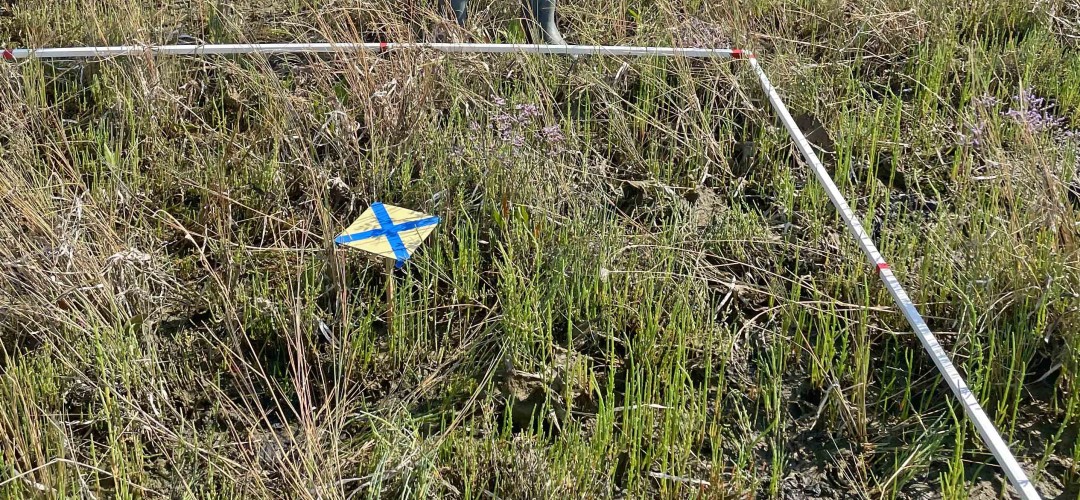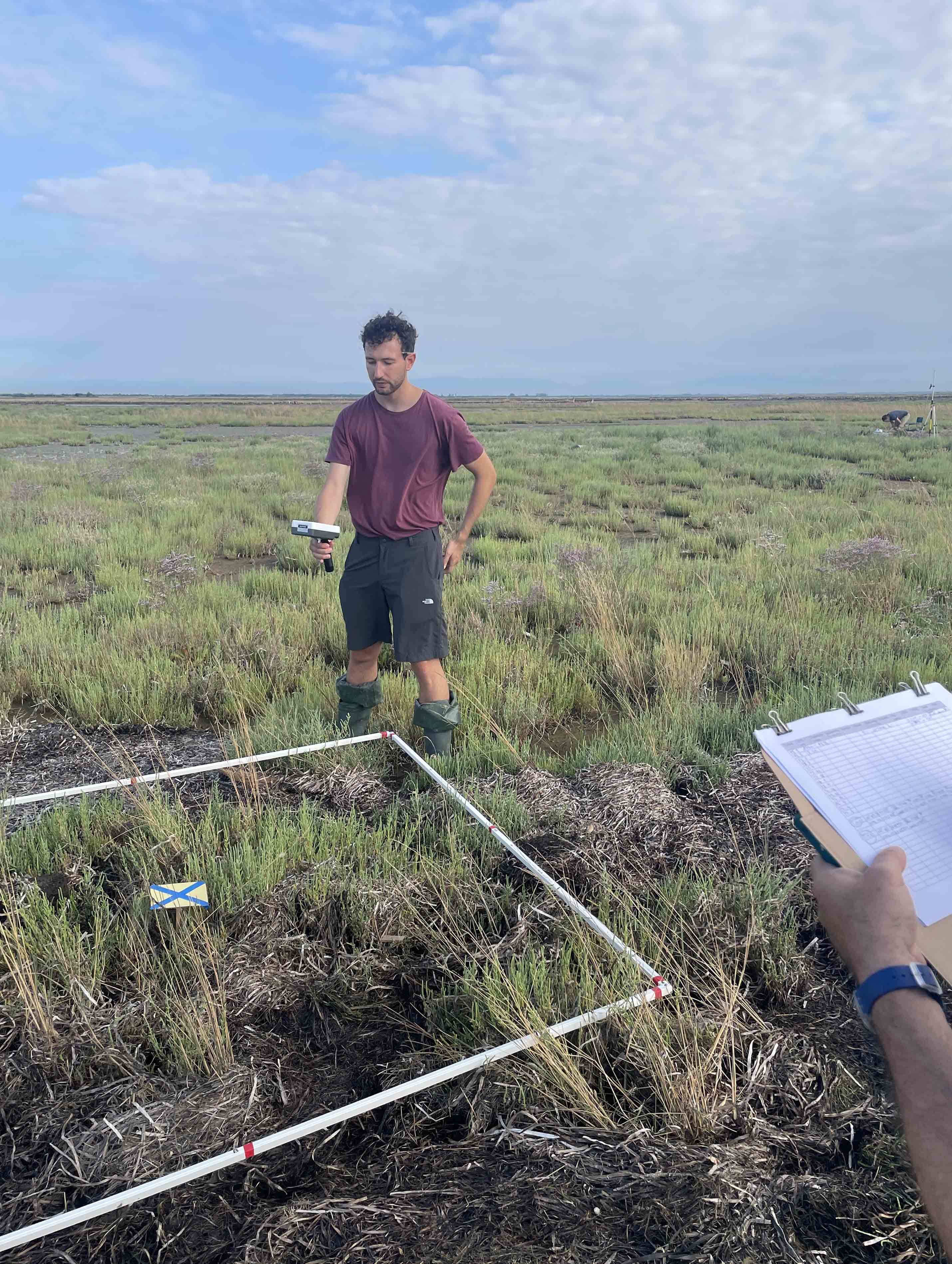Restoration and Optical Monitoring: An Emerging Method
Restoration and Optical Monitoring: An Emerging Method

The interventions at the action site of the European WaterLANDS project (GA 101036484), a complementary initiative to Vital, aim primarily to restore native vegetation and stabilize sediments on reconstructed salt marsh. These measures are essential to prevent erosion and maintain the long-term morphological integrity of the characteristic areas of the Lagoon.
But how can we assess whether the actions taken are genuinely yielding the desired effects? The answer lies in an integrated monitoring system encompassing field surveys, multispectral and vegetation data collection, and comparative analyses. Thanks to the implementation of a suite of tools and activities, this system provides precise insights into the health of the salt marshes as a whole, while also examining their specific components.
The thesis of Niccolò Berselli (Bachelor’s degree in Urban Planning and Territorial Management at the IUAV University of Venice) supervised by Prof. Daniele Brigolin has opened new frontiers for innovation in lagoon monitoring activities. It serves as an example of how applied research using advanced technologies is improving our understanding of the effectiveness of interventions aimed at regenerating the biodiversity of intertidal habitats.

The Methodological Approach
Two vegetation indices, NDVI (Normalized Difference Vegetation Index) and NDRE (Normalized Difference Red Edge), play a pivotal role in this process. NDVI measures the photosynthetic activity of plants, indicating their greenness and growth activity. NDRE, on the other hand, provides more detailed information on the physiological condition of plants, such as their nutrient absorption capacity, which is particularly critical in brackish environments like salt marshes.
To calculate these indices, the collaboration with IUAV enabled precise light reflectance data from vegetative surfaces to be collected using two types of optical sensors: drone-mounted cameras and the portable RapidSCAN CS-45 tool. The gathered data was analyzed to identify patterns and variations, then compared with field observations. This combined approach, still under development and refinement in the coming months, will enhance understanding and make it easier to identify not only which plant species are colonizing the artificial marsh but also which zones are under ecological stress and thus in need of further interventions.
For example, NDVI has highlighted how certain pioneer species, such as Salicornia veneta and Spartina maritima, are crucial for soil consolidation. Meanwhile, NDRE has revealed differences in the nutrient absorption capacity of plants in highly saline conditions.
Preliminary Results
The collected data indicates that restoration efforts are fostering the recovery of the ecological dynamics of the salt marshes. Indeed, optical data not only allows for monitoring the current state of the marsh but also helps predict its future evolution. The analysis of trends provides valuable guidance for planning targeted interventions and preventing new degradation phenomena.
A Replicable Model
The most compelling aspect of this method is its replicability, representing a significant advancement in adaptive ecosystem management. Regular monitoring is essential to inform decisions on nature-based solutions and the reactivation of inherent ecological dynamics.
The work at the Lago Bastia site demonstrates that ecological restoration is not merely a matter of isolated actions but requires a knowledge-driven approach, long-term monitoring, and adaptive management principles. This method enables strategies to be adjusted in response to observed changes, offering a more effective and sustainable path to safeguarding not only the salt marshes of the Venice Lagoon but also other ecosystems worldwide.
◾